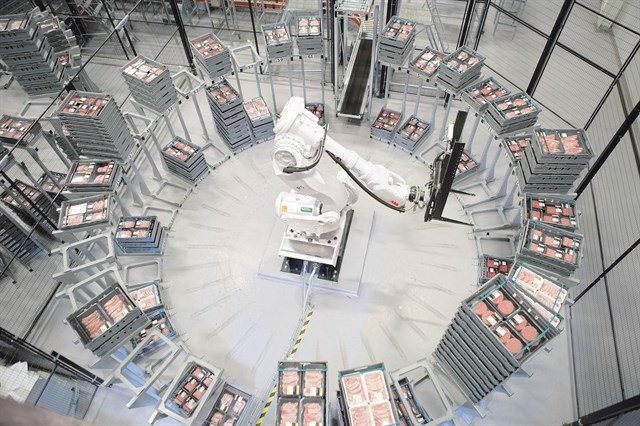Industry 4.0 could boost Viet Nam's GDP by up to 16 percent
The Fourth Industrial Revolution could increase Viet Nam’s GDP by between 28.5 billion USD and 62 billion USD by 2030, equivalent to a rise of 7-16 percent, according to the Central Institute for Economic Management (CIEM).
 |
| Digital technologies such as machine learning and artificial intelligence (AI) are momentum for the digital transformation. Illustrative image (Photo VNA) |
Figures released by CIEM at a workshop themed “Digital transformation to accelerate a sustainable future” showed that GDP per capita is expected to rise by between 315 USD and 640 USD by 2030 as a result of increased productivity and employment opportunities thanks to Industry 4.0.
Speaking at the event on May 15, Pham Hoang Mai, general director of the Department of Science, Education, Natural Resources and Environment under the Ministry of Planning and Investment, said the industrial shift would benefit the country and its people.
“Industry 4.0 offers great opportunities for Viet Nam to quickly improve competitiveness and growth quality, as well as escape from the danger of lagging behind other nations,” Mai said.
He said that despite limitations in infrastructure and technological capacity, Viet Nam has the potential to deploy Industry 4.0 technologies effectively. Positive factors include a large population of nearly 100 million people, a high rate of mobile phone subscribers (139 subscriptions per 100 people, far more than in most of the world) and a young labour force with good training, especially in the IT sector.
“The Government is working on many projects to move into the Industry 4.0 era," he said. "However, the most important thing is to have institutional reform of the domestic business climate to encourage innovation, especially in sectors with great potential for implementation such as manufacturing, processing, agriculture, finance, logistics, healthcare and education."
He said the ministry proposed building a national innovation centre in Hoa Lac Hi-Tech Park. The centre would have five areas of focus to create competitive advantages for the Red River Delta region including smart factories, digital media, cyber security, smart cities and the environment.
Johan Alvin, Second Secretary of Trade, Economic and Consular Affairs of the Swedish Embassy in Viet Nam, said the challenge was to build smart cities and bring people into the innovation centre to participate in building Industry 4.0.
Brian Hull, Country Managing Director of ABB in Viet Nam, said that to keep its competitive edge in the global market, Viet Nam needs to adopt industrial digitalisation – advanced manufacturing through robotics and automation.
“Customers nowadays increasingly demand higher quality products and citizens want better living environments," Hull said. "Sustainable growth can only be achieved by adoption of digital technologies and advanced manufacturing applications. Digitalisation and Industry 4.0 will be growth drivers to strengthen Viet Nam’s position in the region."
The event explored Viet Nam’s Industry 4.0 ambitions and included discussion of some of the country’s biggest challenges and opportunities for growth. It attracted nearly 500 delegates including business leaders, industry partners and policymakers.
(Source: VNS/VNA)